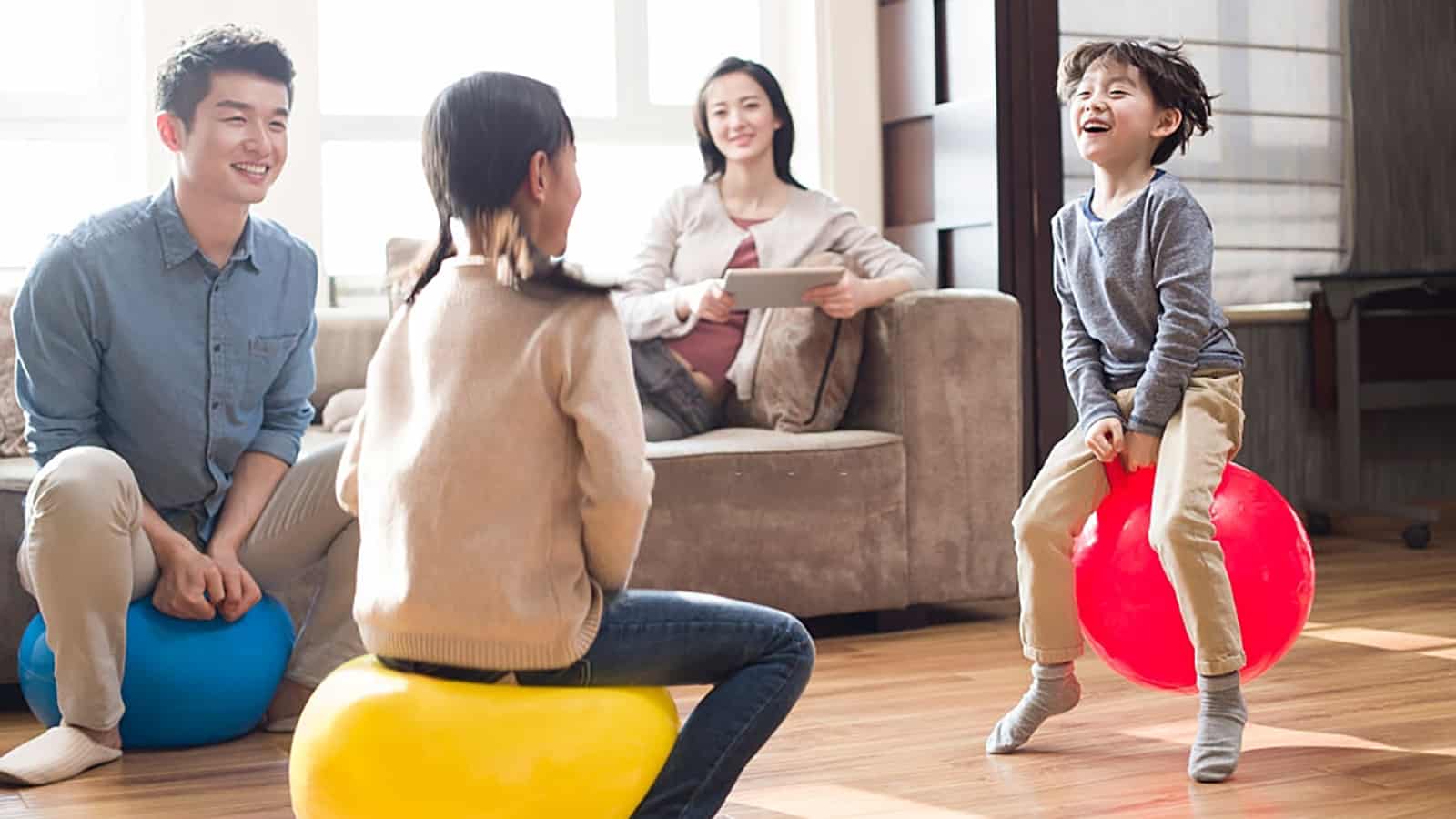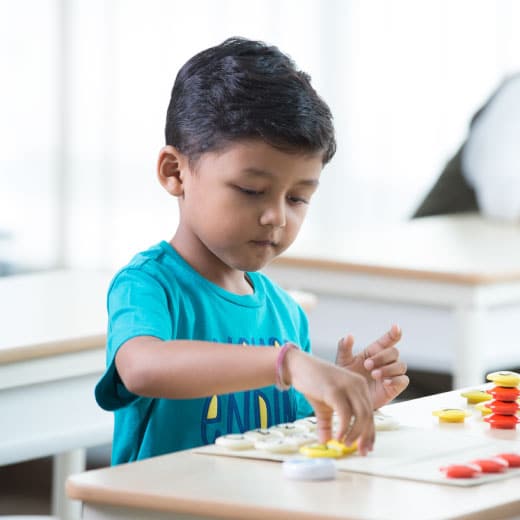What's next?
Interested?
Leave your details here.
RESILIENCE: BOUNCE BACK & COME OUT STRONGER (PART 2)

A child’s personality can play a big part in whether they need more support in developing resilience, but external factors are also a guiding factor. Parents, in particular, have an active role in helping their children build resilience throughout their lives. As adults, we all need to be aware of how we deal with stressful situations because children learn by watching our reactions.
Building children’s resilience is everyone’s business, and it’s never too early or too late to get started. We’ve got some simple things that you can do in your own home.
Build a Strong Emotional Connection
It’s important to spend one-on-one time with your kids as they develop coping skills within the context of caring relationships. When kids know they have the unconditional support of a parent, family member, or even a teacher, they feel empowered to seek guidance and make attempts to work through difficult situations. Similarly, Kumon Instructors provide individualised instruction which is tailored to each child’s respective ability and work closely with their students to ensure that they progress accordingly through the levels.
Promote Healthy Risk-Taking
What is healthy risk-taking? Something that pushes a child to go outside of their comfort zone, but results in very little harm if they are unsuccessful. Examples include trying a new sport, participating in the school play, or striking up a conversation with a shy peer. When kids embrace uncertainties, they learn to push themselves just as students in Kumon learn that they can do anything if they try, build self-esteem, and develop the ability to take on new challenges for themselves.
Resist the Urge to Fix It and Ask Questions Instead
When kids come to parents to solve their problems, the natural response is to lecture or explain. A better strategy is to ask questions. By bouncing the problem back to the child with questions, the parent helps the child think through the issue and come up with solutions. Likewise, Instructors in Kumon do not immediately give their students answers to their questions. Instead, they carefully guide students to be aware of the focal points of problems and think about the information that is given in the worksheet, supporting them to solve problems by themselves.
Teach Problem-Solving Skills
The goal is not to promote rugged self-reliance. We all need help sometimes, and kids need to know they have support. By brainstorming solutions with kids, parents engage in the process of solving problems. Encourage kids to come up with a list of ideas and weigh the pros and cons of each one. The Kumon programmes nurture a child’s problem-solving skills by encouraging them to work sums and comprehension answers out independently.
Label Emotions
When stress kicks in, emotions run hot. Teach your kids that all feelings are important and that labelling their feelings can help them make sense of what they’re experiencing. Tell them it’s okay to feel anxious, sad, jealous, etc. and reassure them that bad feelings usually will pass.
Demonstrate Coping Skills
Deep breathing exercises help kids relax and calm themselves when they experience stress or frustration. It enables them to remain calm and process the situation.
Embrace Mistakes—Theirs and Yours
Failure avoiders lack resilience. They tend to be highly anxious kids. When parents focus on results, kids get caught up in the pass or fail cycle, and this causes risk avoidance. Embracing mistakes helps promote a growth mindset and gives kids the message that mistakes help them learn. The Kumon Method, in parallel, encouraged students to correct and analyse their own mistakes in the worksheets.
Promote the Bright Side—Every Experience Has One
Optimism and resiliency go hand in hand. Some kids may appear more naturally optimistic than others, but we can nurture confidence in them. If you have a mini pessimist on your hands, acknowledge the feelings that lead to pessimistic thinking and teach your child to reframe his thoughts to find the positive.
Model Resiliency
The best way to teach resilience is to model it. Use coping and calming strategies. Deep breathing can be an effective way to work through stress. Always label your emotions and talk through your problem-solving process.
Go Outside
Exercise helps strengthen the brain and make it more resilient to stress and adversity. While team sports are the most popular method of regular exercise for kids, all kids need is time spent outdoors engaging in physical activity. If team games don’t appeal to your child, encourage them or introduce them to cycling, playing tag, or even just swinging at the playground. These are all great ways for kids to engage in free play that also builds resilience.
There is no simple answer to guarantee resilience in every situation. But we can challenge ourselves to help our children develop the ability to negotiate their challenges and to be more resilient, more capable, and happier.

